Our main product is still in development. We can recontact you once fully completed. In the meantime, we are open to start building privileged relationships with a few partners.
The purpose is two-fold: to ensure our product fully suits your needs, and to try and challenge its security in real conditions, ideally against professional red teams.
If you want to explore this path with us, let's talk.
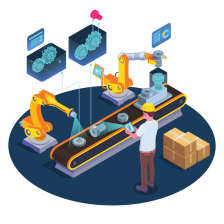
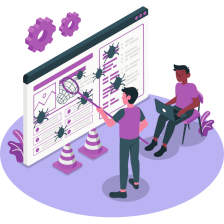




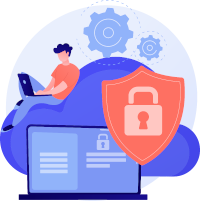
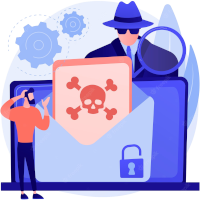


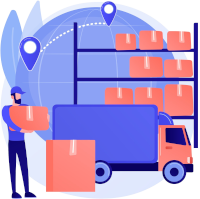




Calicarpa has been founded by experts in information security and science communication. Over the last 7 years, we initiated the field of robust distributed machine learning and developed practical algorithms and software systems.
We have been advancing the state-of-the-art consistently, publishing and presenting our research on machine learning vulnerabilities and defenses at the most pretigious conferences.
Please find asidebelow a selected list of our publications.